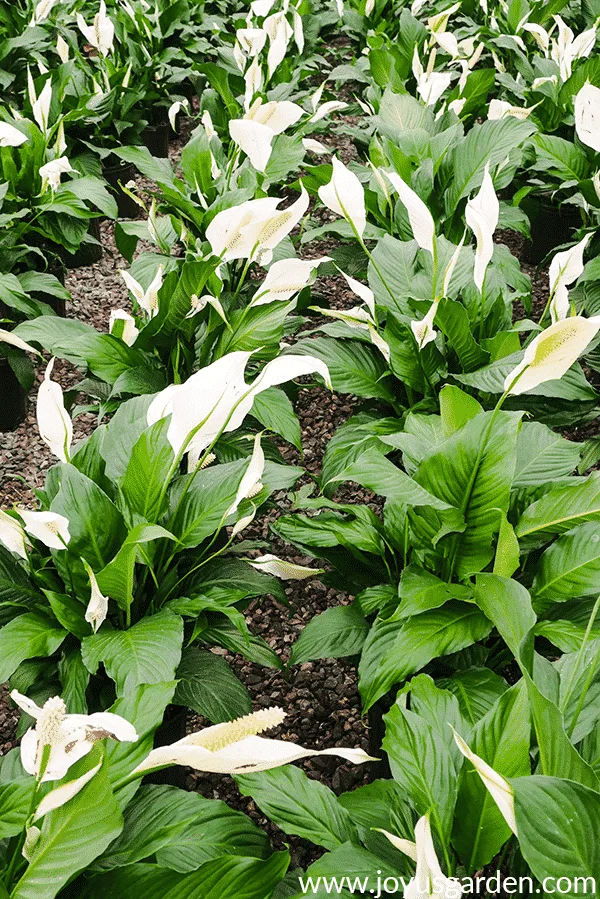Kentia Palm Care: An Elegant Low Light Plant
If you have a room with lower light levels in your home and want an elegant plant to liven it up, then the Kentia Palm is the one for you. It arches gracefully and fans out so it’s not for tight corners but if you have the room, you’ll love it.
In my interior plantscaping days, this palm was used quite commonly in offices and lobbies (if out of drafts and trafficked areas) so I maintained and specced my share of them. Not only are they pleasing to the eye, but also relatively easy to keep alive.
These palms, whose fancy botanic name is Howea forsteriana, are notoriously slow-growing and not cheap. The only way to propagate them is by seed which adds to their cost.
These houseplants do fine in lower light levels but you really won’t get much growth. So head’s up, you’ll need to buy 1 close to the height and width you want it to be. They do better and will actually grow in medium light levels but even then, only put out 1 or 2 new fronds (leaves) a year.
Some Of Our General Houseplant Guides For Your Reference:
- Guide To Watering Indoor Plants
- Beginner’s Guide To Repotting Plants
- 3 Ways To Successfully Fertilize Indoor Plants
- How to Clean Houseplants
- Winter Houseplant Care Guide
- Plant Humidity: How I Increase Humidity For Houseplants
- Buying Houseplants: 14 Tips For Indoor Gardening Newbies
- 11 Pet-Friendly Houseplants
I’m in a grower’s greenhouse – let me show you the elegant Kentia Palm:
Here are a few tips on maintaining the Kentia Palm!
Exposure
Low to medium light. No direct, hot sun.
Watering
Average. Water thoroughly every 9-14 days.
Pests
Can be subject to spider mites & mealybugs.
Big Advantage
A gorgeous houseplant all the way around.
Disadvantage
It’s not easy on the wallet, especially the more mature specimens.
Oh, don’t forget to clean the leaves off every now and then. An occasional misting would be of benefit too. That way, your Kentia Palm will love you!
They grow outdoors here in Southern California, Florida and Hawaii and have a reputation for being extremely durable. Most of you know them as a houseplant though, and they are just as durable indoors too.
Here’s 1 in the tropical garden at Seaside Gardens in neighboring Carpinteria
The Dracaena Janet Craig (now known a Dracaena Lisa) is another floor plant for lower light levels.

This post may contain affiliate links, you can read our policies here.








Hello Nell
Came across your site on You Tube andI was delighted to Find this piece on the Kentia or as you say Parlour Palm
I was given one about flour years ago with no lable and have wondered what it was called
Also you hav.e answered my concern as to why this plant has grown so little in all that time …. It’s supposed to!
I live in South East London England, and have discovered Hot Lips and the wonderful fragrance of Salvias – thank you for the timely tips on pruning them as I have two in my East facing sunny garden
I like your site and will subscribe
We are still very cold here even. Though it is mid March – enjoy your sunshine!
Mary
Hi Mary – Yes, Parlour Palms are very slow growing & that’s why they’re on the pricer side. It’s absolutely no fault of yours! There’s a very large world of Salvias out here with many new introductions every year. I have a friend who lives in Chelsea (very close to Brompton Cemetery) & I love to visit the beautiful gardens you have in England – everything is so green. We have lots of sunshine but everything is drying up. Thanks so much for watching the videos, reading the blog & subscribing. Hopefully spring will arrive for you very soon! Nell